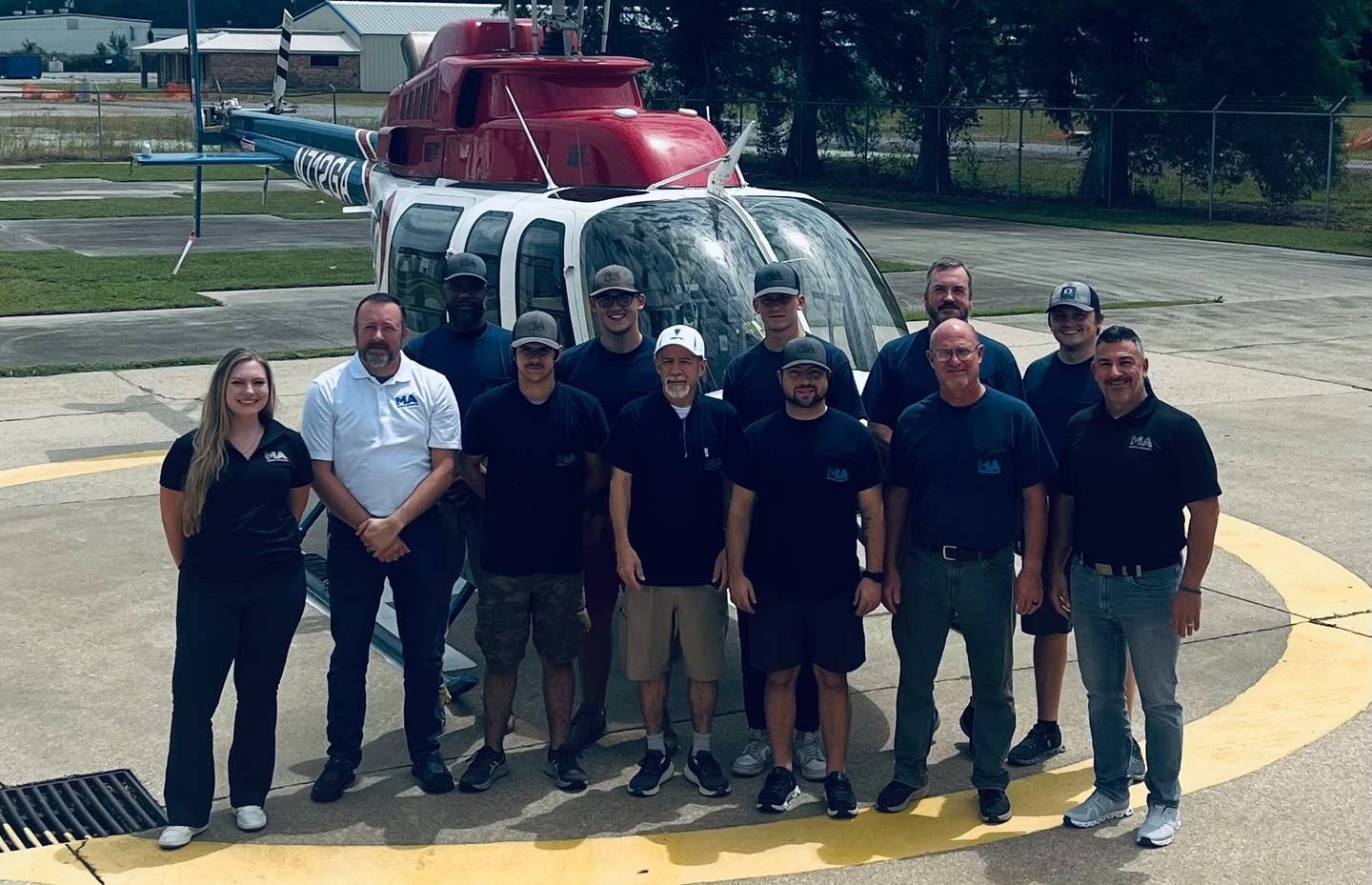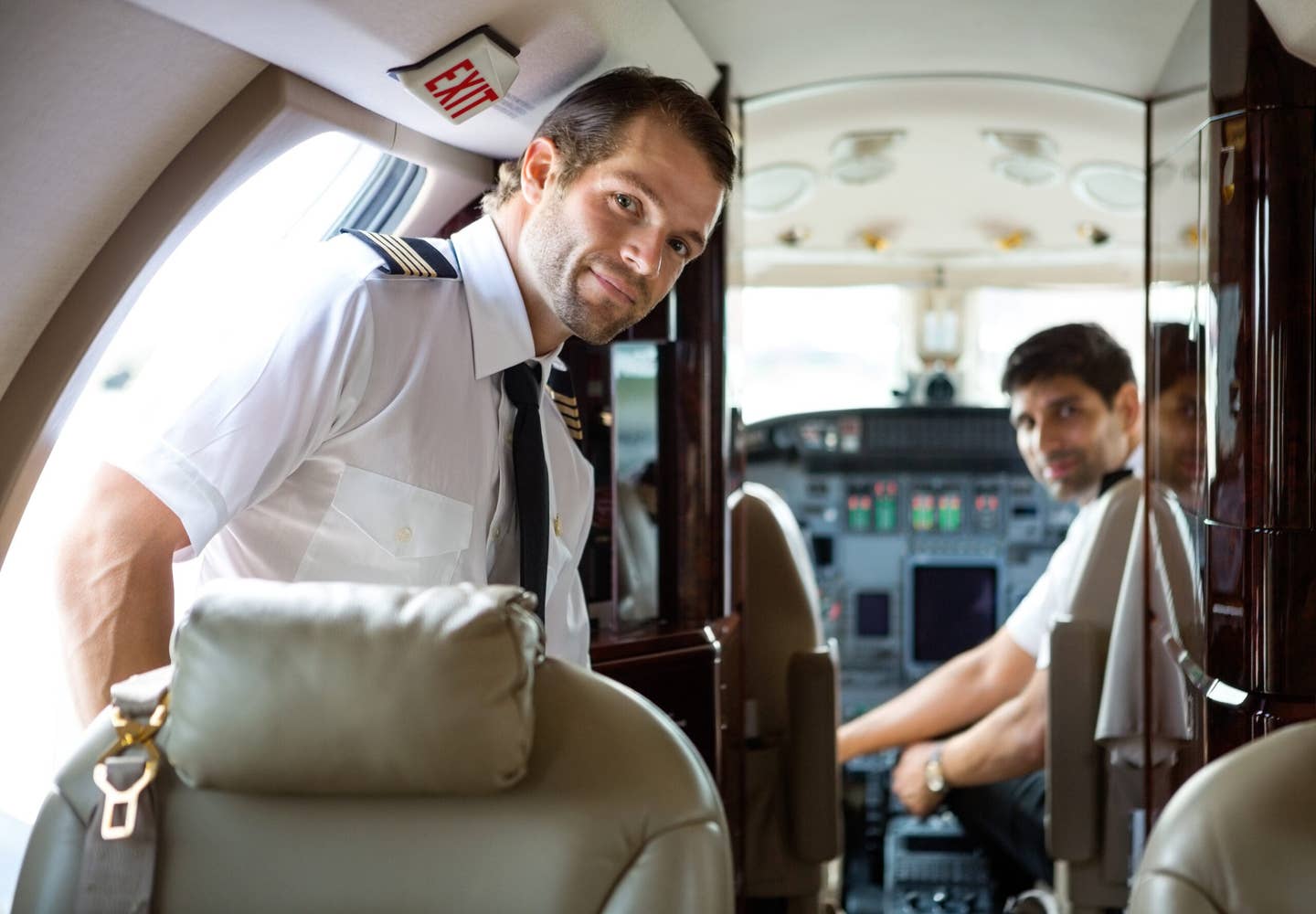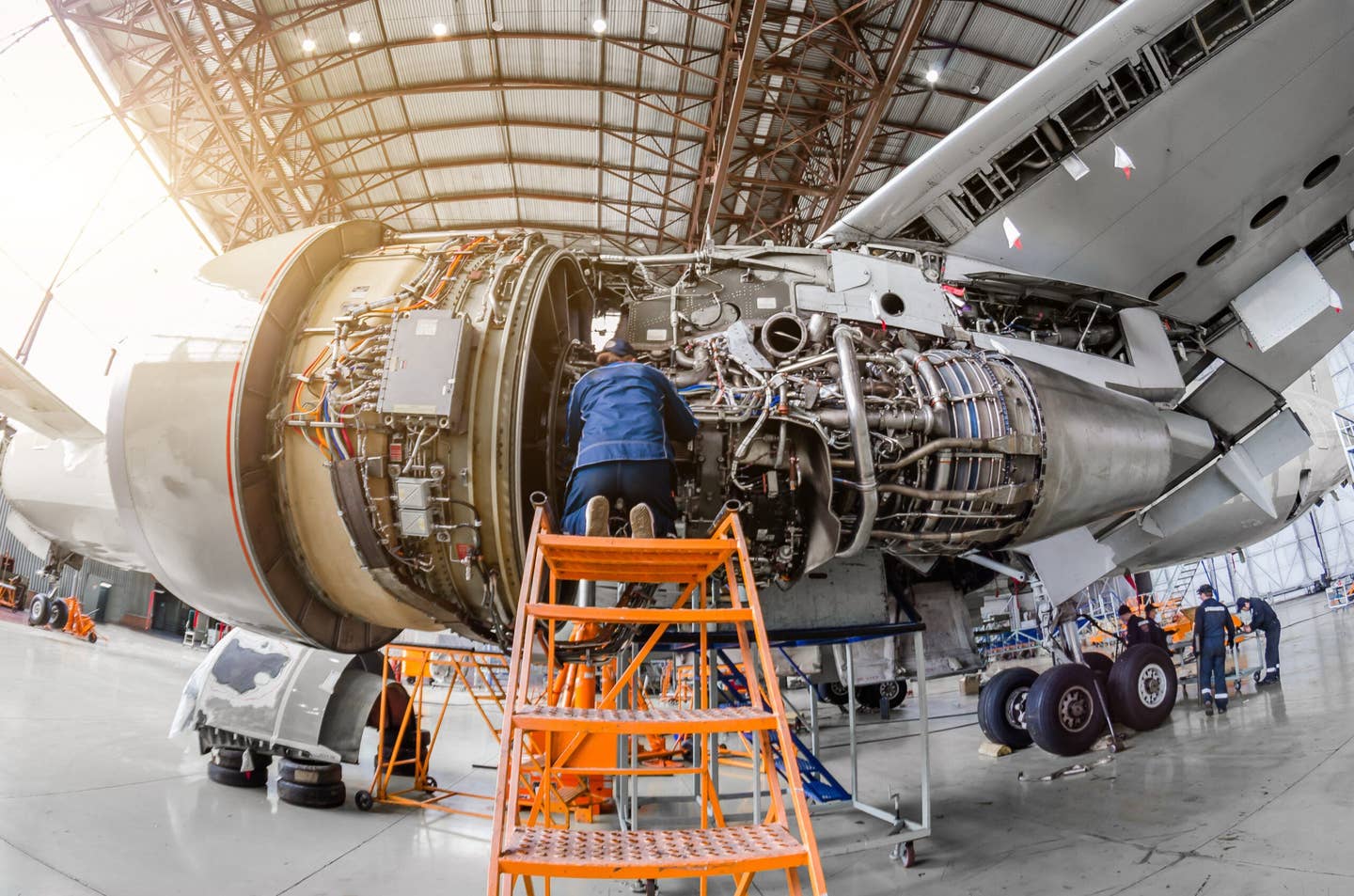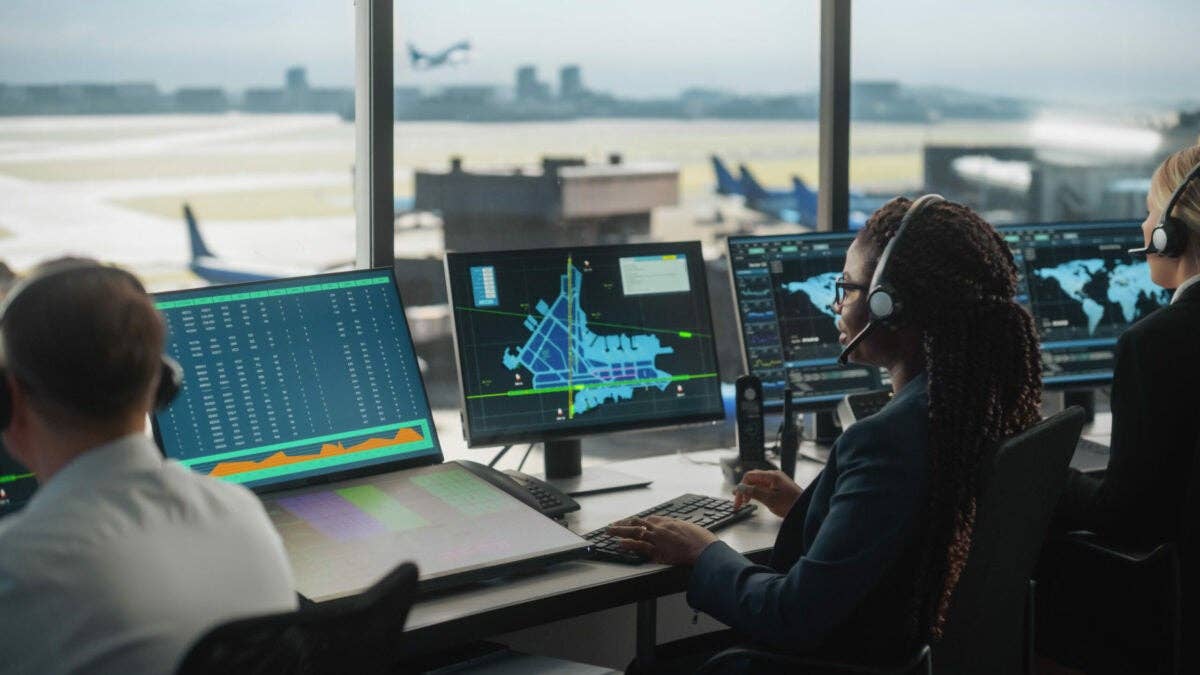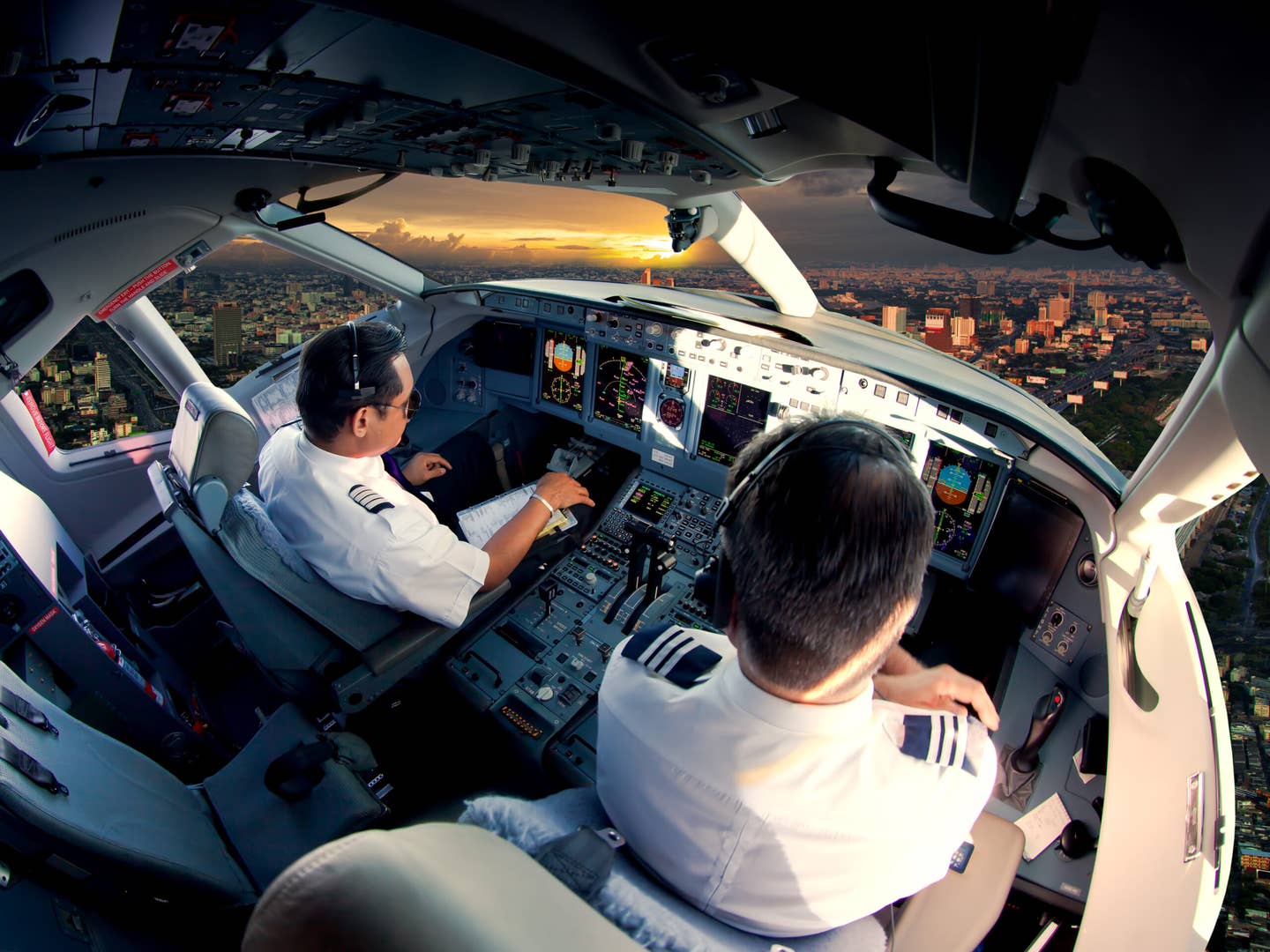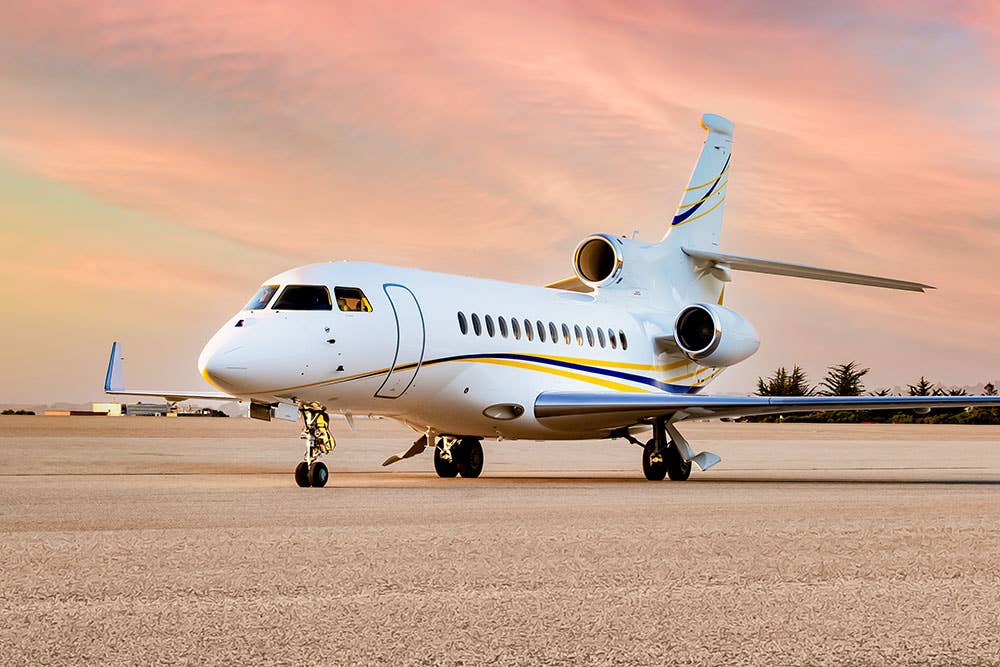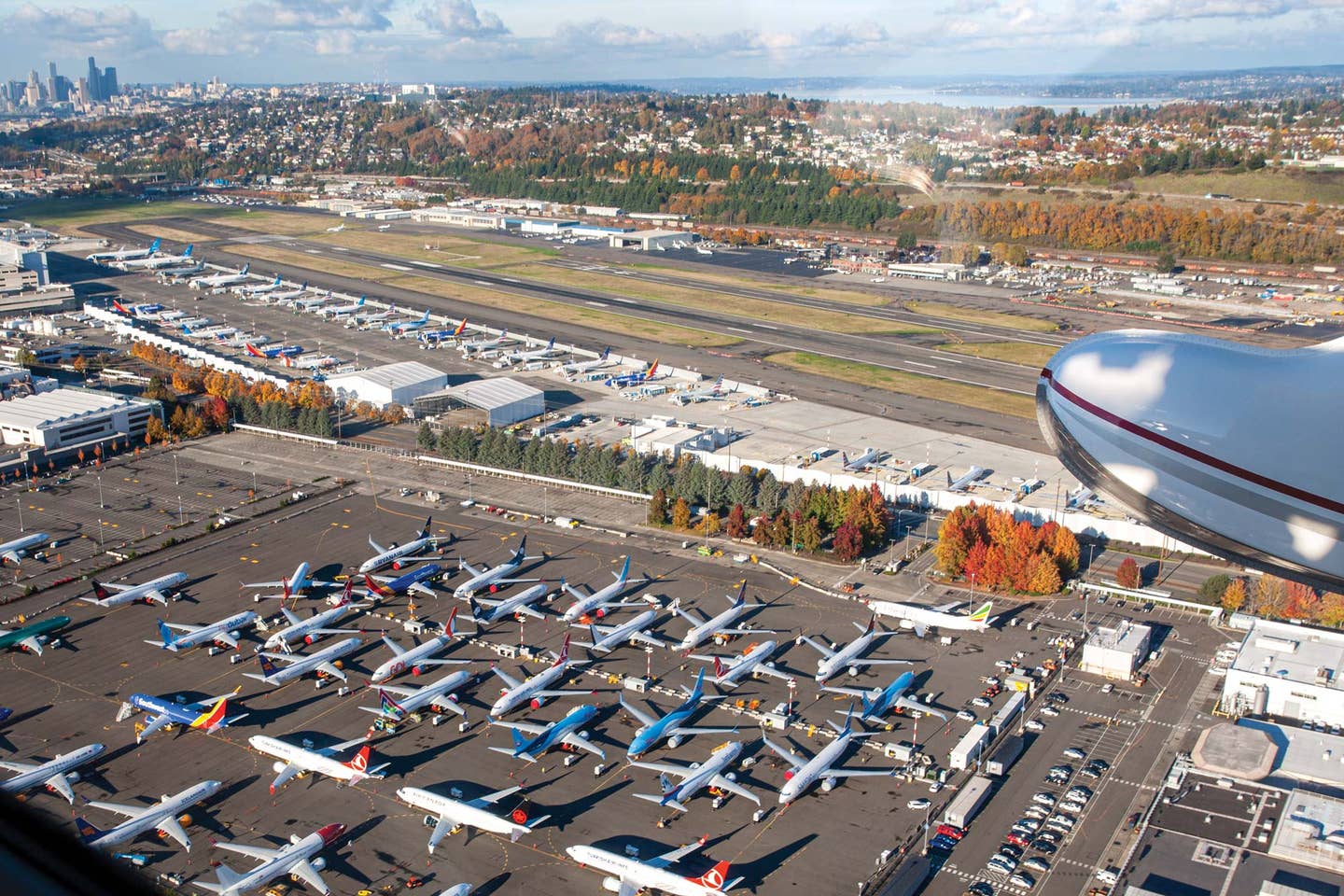
A multitude of 737 Max aircraft stand idle at Boeing Field in Seattle. Courtesy Stephen Yeates
Readers of this publication are more intimate than most with the circumstances surrounding the tragedy of the Boeing 737 Max, but just as a review, the crashes of Lion Air Flight 610 in October 2018 and Ethiopian Airlines Flight 302 five months later are all attributed to the malfunction of the maneuvering characteristics augmentation system.
Boeing claimed that the MCAS system was designed to create the same flight-control feel as the previous versions of the airplane, as well as compensate for the tendency of the more-forward-mounted, underslung engines to potentially raise the nose to a critical angle of attack at lower speeds and high power during manual flight operations.
In addition to software flaws, typical Boeing redundancy was not included in the MCAS. If a single failure occurred, notably the angle of attack sensors, the stabilizer trim would activate in the nose-down direction, potentially overpowering the crew. Adding salt to the wounds, reference to the function of the MCAS was absent from pilot manuals. As investigations progressed, it was determined that the manufacturer’s emergency-checklist fix for a malfunction, the runaway-stabilizer-trim procedure, was inadequate.
Considering the tragedy of 346 lives lost, now what? As with all airplane accidents, more than one culprit is involved. Though the MCAS has received its fair share of the blame, the system is just the Band-Aid to the problem. The real problem is far below the surface and more difficult to address because it’s not tangible.
The issue begins with a long-established FAA program called the Organization Designation Authorization, whose origin can be traced back to 1926 with the advent of an aeromedical branch within the Bureau of Air Commerce, which formed the basis for the network of aeromedical examiners. Pilots who seek medical certificates are very familiar with this examination process. It is performed by private sector doctors appropriately ordained and trained by the FAA.
The AME network was founded on the basic principle of the current ODA program, which requires the participation of private enterprise and expertise outside of government to assist with regulatory matters because of limited resources. In the FAA’s words: “The FAA may delegate to a qualified private person a matter related to issuing certificates, or related to the examination, testing and inspection necessary to issue a certificate on behalf of the FAA Administrator as authorized by statute to issue under 49 USC 44702(a).”
This delegation principle also applies to organizations and companies. The list includes type certification, supplemental type certification, production certification, parts manufacturer approval, Technical Standard Order authorization holder, air operator certification, and major repair, alteration and airworthiness.
On the individual level, the list includes: designated pilot examiners, mechanic examiners, parachute-rigger examiners, training-center evaluators, aircrew program designees, designated aircraft-dispatch examiners and AMEs.
What does this ODA concept really translate to? Plain and simple, the concept is based on trust. Because of the FAA’s limited resources—translation: money—the agency must rely on industry expertise to assist in their regulatory enforcement process. The government doesn’t have the budget to recruit all the personnel required for the almost infinite tasks involved with maintaining our aviation infrastructure.
Quite frankly, the ODA philosophy has performed admirably for more than 90 years, and it has not operated in a vacuum. The requirements and standards necessary to participate in the numerous programs listed above are stringent. The participants are reviewed on a regular basis. The FAA maintains final authority. And no, it is not a perfect system.
Read More from Les Abend: Jumpseat
On a personal level, I had the honor and privilege of becoming a Boeing 767 check airman. The job description tasked me with the responsibility to ensure that not only the standards of the FAA were maintained but the standards of our airline as well. Because of the trust placed on my shoulders, I never compromised those standards, nor did any of my colleagues. We asked ourselves a simple question: Would you put your family on an airplane with the pilot flying? For me, the ODA principle worked as it has for many industry participants who are diligent professionals entrusted with the safety of human life.
I applaud Representative Peter DeFazio, chair of the House Committee on Transportation and Infrastructure, in his efforts to discover the root causes of the problem that allowed Boeing to present an inferior product to the flying public. But we are all to blame. Why?
The politicians we elected, with good intent, have allowed the ODA program to remain in place and increased its reach, especially in the area of aircraft certification. The public revelation that the fox has been guarding the henhouse should not be a surprise. For decades, we have not only accepted the program but endorsed it.
After completing the simulator training proposed for the 737 Max, FAA administrator Steve Dickson strapped himself into the left seat of the actual jet this past September in Seattle for a two-plus-hour flight test. Having spent 27 years with Delta flying various airplanes including the 737, and then retiring as director of operations, Capt. Dickson was certainly qualified for the task.
From this airline pilot’s perspective, it was a noble gesture in volunteering to fly the troubled Max. Dickson pulled no punches. He did not offer a timeline for the airplane to return to service. Not every FAA administrator would have done the same. But the gesture was mostly symbolic. As of this writing, the re-certification process has yet to be completed for the most scrutinized airplane in the world. Where do we go from here?
The 737 Max will be fixed. I have confidence that it will safely take to the skies with an improved MCAS system and, more important, with airline pilots that have been adequately trained. Though proposed legislation requires manufacturers to adopt safety-management programs similar to the airlines to better assess significant design changes, and to ensure risk calculations are realistic, it’s not a complete solution.
Legislatures and the FAA may want to take a lesson from the National Transportation Safety Board playbook by incorporating the ODA program within the agency’s investigation protocol of utilizing the party system. As an example, parties can include the airline, pilots’ union, airplane manufacturer, engine manufacturer and so on. The bias of the participants is already baked into the process. Each party member has a level of expertise that assists the NTSB in objectively reaching a probable-cause conclusion. Rather than utilize this protocol as part of an accident investigation, apply the party concept to managing the ODA program.
At the end of the day, the 737 Max tragedies are still accident investigations. The probable causes are more complicated than the MCAS failure itself. We must still embrace the FAA’s ODA program because, ultimately, it’s been proved to work, and the framework is embedded into our aviation infrastructure.
As with all human designs, there is always room for improvement. The bad news is that Boeing had a major role in the tragic Max debacle. The good news is that the manufacturer forced us to look in the mirror.
This story appeared in the January-February 2021 issue of Flying Magazine

Subscribe to Our Newsletter
Get the latest FLYING stories delivered directly to your inbox

